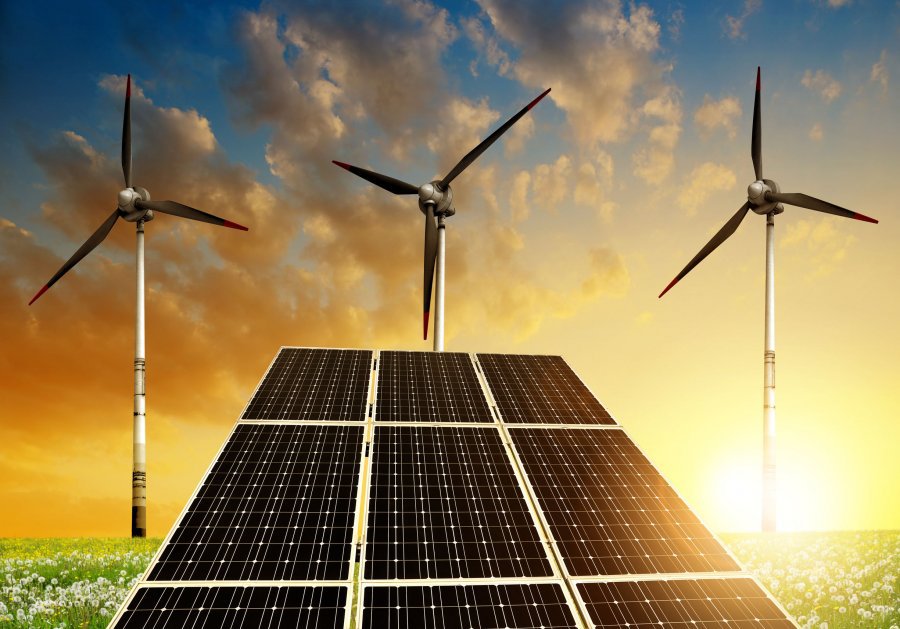Investors are pouring money into supergrids, which can carry electricity generated by huge but remote wind and solar farms across national borders. Get ready for the supergrid…
Supergrids are “about capacity and distance,” said Richelle Elberg, principal research analyst for Navigant Research and one of the authors of the report. They would allow sources such as wind farms to provide energy to cities hundreds or even thousands of miles away. This would let utilities invest in massive solar or wind farms in areas where they would generate the most electricity, which might not be where people live.
They would also provide flexibility to draw electricity from different sources if on any given day the wind dies or clouds block the sun in a particular region.
“It can be rainy and miserable in Dallas and beautiful in Nevada,” Elberg said. “That’s where this comes into play.”
Utilities already transmit power long distances—from state to state, for example, or between Canada and the U.S.—but this would take things to a new level. One planned supergrid, now under construction, would link energy production in China, South Korea, Mongolia, Russia, and Japan. The first phase of construction is estimated to cost $6.2 billion.
Much of the investment in supergrids so far—nearly 75 percent—is in Asia. China has driven most of that investment within its own borders, Elberg said, because the country is so large it does not need to worry about crossing international boundaries. “It’s a massively huge country, geographically, and it has two large utilities, one being State Grid of China, which covers 88 percent of the country,” Elberg said. “The government says we want a whole lot of wind resources in the north, and we want that power sent to population centers in the south and the east. They can make that happen because there are no other organizations or governments to negotiate with.”
Other countries are taking similar steps, such as transmitting electricity generated by offshore wind farms in the North Sea to the European Union. But the report finds that the complex procedures for transmitting energy across national borders may slow the adoption of supergrids in other parts of the world. “National territory lines and governments are probably the biggest barrier to the widespread use of supergrids,” Elberg said. At the most basic level, this is because each country cares about its energy security. “To become a participant in a larger coalition of countries might mean giving up some of that control internally,” she said. Problems could arise if certain partners do not meet their expectations to import or export agreed-on levels of energy.
Goggin added that large grids allow utilities to invest in economies of scale, making renewable energy even more efficient. “Most people don’t live in places with very good wind resources,” he said. “A large wind project or a large solar project is going to be a lot more cost-effective than a smaller one.”
Elberg said the supergrid concept is still in its nascent phase but that it makes sense from an efficiency standpoint. She said the biggest challenges of governments working together have yet to be addressed, but that isn’t stopping utilities or countries from planning ahead. Some of the supergrids being discussed would go so far as to link the Arctic and the equator. Elberg said she hopes further climate change negotiations take into account supergrids or other strategies. “Until there’s greater political will, it’s not going to take off,” she said (via TruthTheory).
If you like this idea, be sure to share it with your friends and inspire someone you know. Anything becomes possible with just a little inspiration…

